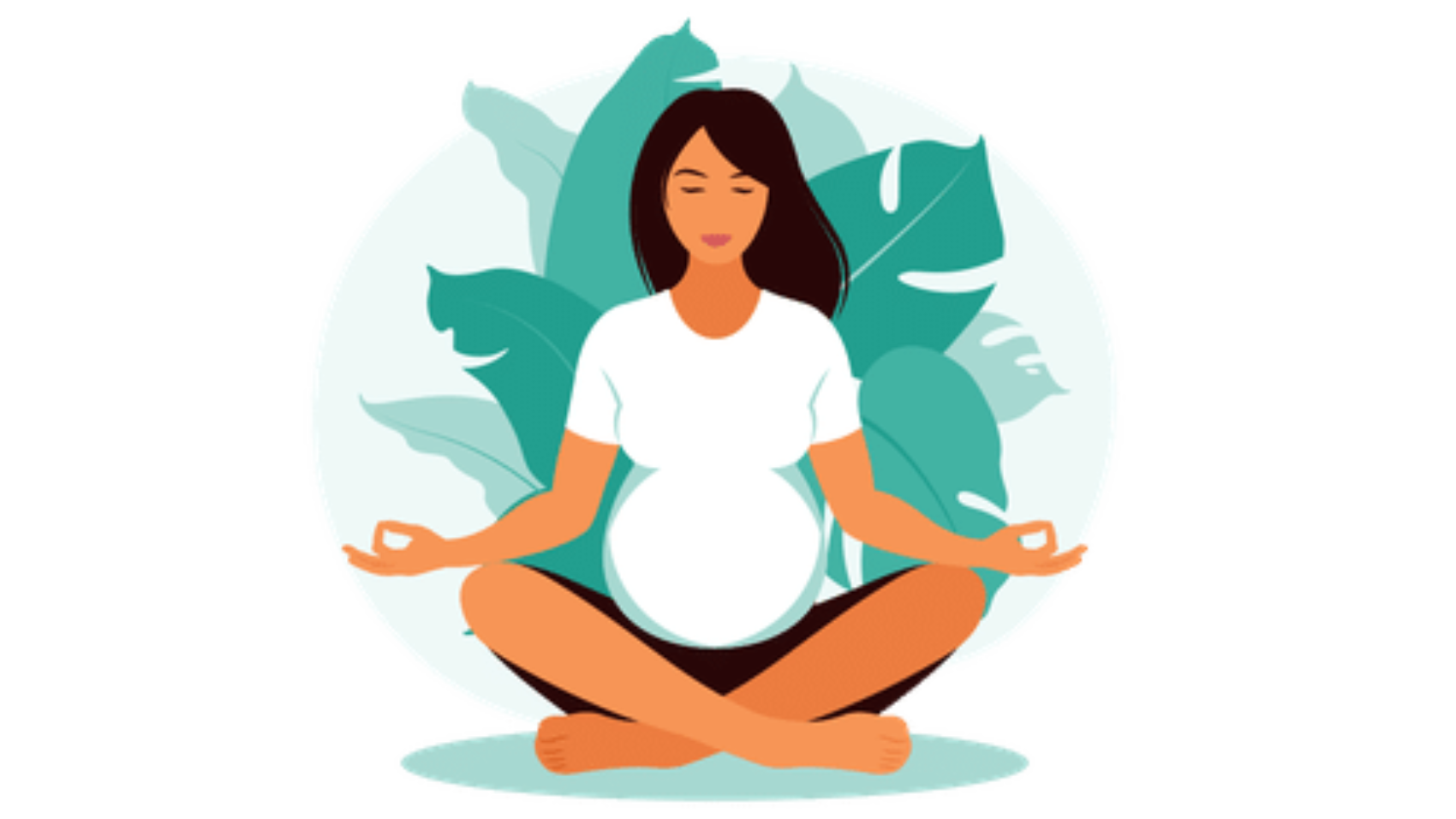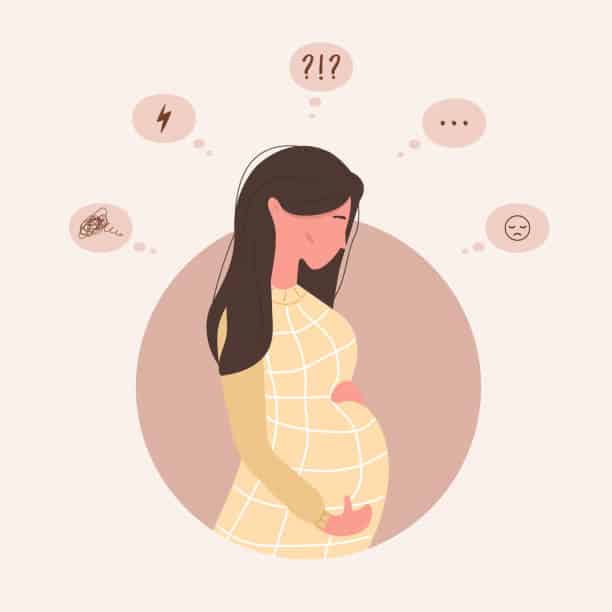
Introduction to Best Diet for Pregnancy
Best wishes! You are about to set off on the incredible journey that is parenthood. The search for the “Best Diet for Pregnancy” commences as your body gets ready to nurture a tiny marvel. Supermarkets are brimming with options, all of them offering to feed you and your growing child. However, a formidable competitor surfaces among the plethora of nutritional recommendations: the plant-powered pregnancy diet.
Discard short-lived fads and rigid diets. There is no one-size-fits-all Best Diet for Pregnancy. It’s a customized path where the health of you and your child comes first, together with a sustainable feeding strategy. But this trip doesn’t have to be a solo investigation. Accepting the power of plants opens the door to a vivid world of health benefits and creates the conditions for a successful pregnancy for you and your unborn child.
The idea of eating just plants while pregnant may have caused some anxiety for many years. These worries have been allayed, though. Prominent associations such as the Academy of Nutrition and Dietetics and the American Dietetic Association support thoughtfully designed vegan diets for every stage of life, including pregnancy. The Best Diet for Pregnancy is full of vital nutrients that provide your unborn child the foundation they need to grow and thrive.
Consider options beyond a tofu and lettuce dish. A well-designed plant-based diet consists of a symphony of colorful fruits and vegetables, whole grains that are high in fiber, legumes that are high in protein, and healthy fats from nuts and seeds. There are many advantages to this varied symphony of plant-based energy that go well beyond just avoiding animal products. Let’s investigate why a plant-powered pregnancy diet can be the ideal balance for your colorful pregnancy experience.
Shattering Misconceptions: Plant-Based Pregnancy Diets – Safe, Effective, and Empowering
There have long been questions over whether plant-based diets are suitable for pregnant women. These worries have been allayed, though. Prominent associations such as the Academy of Nutrition and Dietetics and the American Dietetic Association support thoughtfully designed vegan diets for every stage of life, including pregnancy. The Best Diet for Pregnancy is full of vital nutrients that provide your unborn child the foundation they need to grow and thrive.
Going Beyond the Fundamentals: Revealing the Benefits of Plant-Powered Neonatal Nutrition
There are several advantages to adopting a plant-based pregnancy diet that goes well beyond just staying away from animal products. This is the reason why the “Best Diet for Pregnancy” emphasizes plant power above everything else:
- A Nutrient Powerhouse: Foods derived from plants are rich in fiber, vitamins, and minerals. A rich tapestry of folate, iron, calcium, and other essential elements necessary for healthy fetal development can be found in fruits, vegetables, whole grains, legumes, and nuts.
- Decreased Intake of Saturated Fat: When compared to traditional diets, plant-based diets often contain lower levels of saturated fat. This may lessen the chance of gestational diabetes and lead to a healthy pregnancy.
- Fiber for a Happy Gut: Due to their naturally high fiber content, plant-based diets support digestive health and help avoid constipation, a frequent pregnancy hazard.
- A Sustainable Option: Opting for plant-based foods can benefit the environment. You help create a more sustainable food system by consuming less animal products.
Crafting Your Plant-Powered Journey: Building Blocks of the Best Diet for Pregnancy
Although there are many advantages to a plant-based pregnancy diet, careful planning is necessary to make sure you get all the nutrients you need. The following is a summary of the fundamental dietary types that will support your healthy pregnancy journey:
- Rainbow on Your Plate: Produce has a wide range of hues, and each type of fruit and vegetable has its special combination of nutrients. To guarantee a well-rounded intake, try to include a variety throughout the day.
- Whole Grains for Long-Lasting Fullness: Whole grains, such as brown rice, quinoa, and whole-wheat bread, bring you long-lasting fullness.
- Legume Love: Rich in iron and plant-based protein, which are essential for fetal growth, beans, lentils, and chickpeas are the champions of the plant-based world. Try for a couple of servings every week.
- Nut and Seed Power: Rich sources of protein, healthy fats, and vital minerals like calcium and zinc, nuts and seeds are a powerful combination. Add them to homemade trail mixes, salads, or snacks.
- Accept Healthy Fats: Don’t be afraid to eat foods high in fat, such as avocado, nut butter, and olive oil! These supply the necessary fatty acids for cell proliferation and brain development.
A Thriving Pregnancy: Optimizing Your Plant-Powered Journey with Essential Nutrients
The majority of nutrients may be obtained via a balanced plant-based pregnancy diet, however, there are some things to keep in mind to make sure you and your unborn child are as healthy as possible:
- Folate Power: This essential B vitamin helps to avoid neural tube abnormalities in developing babies. Your pals when it comes to folate are lentils, leafy greens, and fortified cereals.
- Iron for Red Blood Cells: During pregnancy, the formation of red blood cells rises, and iron is necessary for this process. Iron-rich plant-based alternatives include legumes, beans, leafy greens, and fortified cereals.
- Calcium for Strong Bones: The development of fetal bones depends on calcium. Plant milk enhanced with calcium, tofu, leafy greens, and yogurt substitutes can assist you in fulfilling your requirements.
- Vitamin B12 for the Neurological System: Red blood cell production and the health of the neurological system depend on vitamin B12. To ensure proper intake, think about fortified plant milk or prenatal vitamins.
- Omega-3 Fatty Acids for Brain Development: The development of the brain depends on omega-3 fatty acids. Walnuts, flaxseeds, and chia seeds are all fantastic plant-based sources. If you think you might benefit from supplements, talk to your doctor.
Sample Menus: An Intense Look at Colorful Plant-Based Pregnancy Food
Are you curious about the regular day-to-day activities of a plant-powered pregnancy diet? Here are some ideas for meals to get you motivated:
For breakfast:
- Oatmeal topped with a berry-nut-symphony and a nut butter drizzle.
- Avocado creme on whole-wheat bread with a side of fruit salad.
- A smoothie full of banana, spinach, plant-based milk, and berries for a revitalizing and cool start.
Lunch:
- A full-bodied, flavorful lentil soup served with a whole-wheat baguette and a colorful side salad.
- Nestled in whole-wheat bread, a comforting black bean burger with roasted sweet potato fries on the side for a little indulgence.
- A canvas for your imagination, a quinoa bowl topped with a blend of roasted vegetables and a tasty tahini dressing.
Dinner:
- A vibrant fusion of vegetables and protein, a tofu stir-fry is served with brown rice.
- A delicious marinara sauce-covered whole-wheat pasta meal topped with protein-dense chickpeas.
- Perfectly cooked vegetarian chili served with warm whole-grain cornbread makes for a filling and comfortable supper.
Snacks:
- Nature’s Delight is a tasty and wholesome snack that combines a generous amount of hummus with a wonderful blend of fruits and vegetables.
- A little handful of nuts and seeds, provide an explosion of protein, healthy fats, and vital minerals.
- A creamy and delectable dessert made with a plant-based yogurt substitute, fresh berries, and oats.
- Edamame pods are a low-complexity, high-protein snack that is ideal for staving off hunger between meals.
Past the Plate: Nurturing a Successful Plant-Based Pregnancy
Pregnancy can be driven by plants in more ways than just what you eat. Here are a few more pointers to guarantee a lively and healthful journey:
- Prenatal Vitamin Power: Prenatal vitamins are still advised even though most nutrients can be obtained from a well-planned plant-based pregnancy diet. To select one that best suits your needs, speak with your physician.
- Staying Hydrated Is Essential: It’s important to stay hydrated during pregnancy. To help your body meet its increased needs and keep hydrated, try to drink eight to ten glasses of water each day.
- Pay Attention to Your Body: Pregnancy is often accompanied by cravings. Enjoy in moderation, but make nutrient-dense foods your priority to make sure you’re giving your unborn child the “Best Diet for Pregnancy” as well.
- Embrace the Kitchen: Take Charge of Your Meals and Make Sure You’re Getting the Nutrients You Need by Embracing the Kitchen. Try out some new plant-based recipes and enjoy the benefits of tasty and nutritious cooking!
- Seek Support: Get in touch with registered dietitians who specialize in plant-based pregnancy or other plant-based mothers. They can provide insightful direction, encouragement, and support throughout your path.
Taking Care of Business: Busting Myths Regarding Plant-Based Pregnancy Diets
Making a plant-based pregnancy diet choice could cause some confusion. Here’s how we can handle typical issues:
- Concerns about Protein: All the important amino acids your body needs for optimum health can be found in plant-based protein sources such as beans, lentils, tofu, tempeh, and nuts.
- Calcium Adequacy: You can meet your calcium needs by consuming some seeds, leafy greens, tofu treated with calcium sulfate, and calcium-fortified plant milk.
- Social Pressures: Refrain from feeling compelled to follow conventional pregnant diets. A well-thought-out plant-based pregnancy diet can be extremely beneficial for both you and your unborn child and is completely safe.
Conclusion
A plant-powered pregnancy diet is a route to a lively and empowered pregnant journey rather than merely a food option. By adopting this strategy, you’re actively fostering the growth of your priceless child as well as your own body. Recall that finding the “Best Diet for Pregnancy” is an individualized process. This is not a diet plan; rather, it is important to speak with your physician or a certified dietitian who specializes in plant-based nutrition. They can tailor your diet and take care of any particular issues you might be having.
With the knowledge that a thoughtfully designed plant-powered pregnancy diet can be extremely nourishing and healthy for you and your unborn child, embrace the journey with confidence. Try new recipes, enjoy the deliciousness of plant-based cuisine, and reach out to other plant-based mothers for encouragement and support. As you set out on this amazing journey, never forget the strength within you. One tasty and nourishing food at a time, you’re creating a thriving pregnant experience by utilizing the vivid energy of plants. Take a deep breath, accept the adventure, and start this exciting new chapter with the nourishing support of a thoughtfully planned plant-powered pregnancy diet!


















